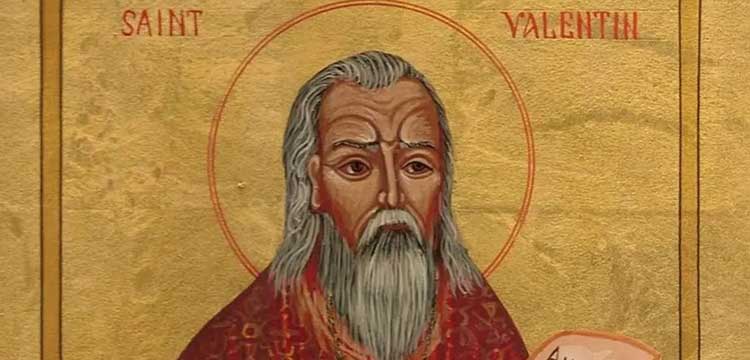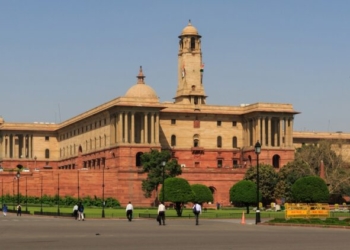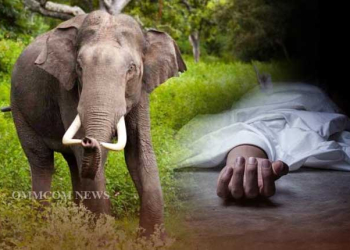Valentine’s Day is more than just a day to shower loved ones with affection; it’s a celebration of the transformative power of love. With its roots in ancient Rome, this day has traversed centuries, cultures, and continents, emerging as a global phenomenon that transcends borders and backgrounds.
As the world gears up to celebrate the most romantic day of the year, Valentine’s Day, on February 14, Ommcom News delves into the fascinating history and evolution of this beloved day.
Who Is Saint Valentine
As we shower our loved ones with chocolates, romantic dinners, and heartfelt cards on February 14th, we pay tribute to the enigmatic figure of Saint Valentine. But who was this saint, whose name has become synonymous with love, passion, and devotion? Behind the veil of tradition and folklore, lies a fascinating story of a man who dared to defy the norms of his time, and in doing so, became the patron saint of romance.
The true identity of Saint Valentine remains shrouded in mystery, with multiple accounts of his life and martyrdom emerging from the annals of history. One 15th-century narrative portrays Valentine as a temple priest who defied Emperor Claudius II’s ban on Christian marriages, boldly officiating weddings for devoted couples. His bravery was ultimately rewarded with a tragic fate: beheading on the outskirts of Rome.
A competing account suggests that Valentine was, in fact, the Bishop of Terny, who suffered a similar martyrdom at the hands of Claudius II. Despite the discrepancies between these two narratives, scholars believe they may be referencing the same individual, given the striking similarities between the stories. The Catholic Church, acknowledging the ambiguity surrounding Saint Valentine’s true identity, discontinued his liturgical veneration in 1969. Nevertheless, his name remains etched on the Church’s official roster of recognized saints, ensuring his enduring legacy as a symbol of devotion and love.
Besides, the origins of Valentine’s Day are intertwined with the festival of Lupercalia, a pre-Christian celebration honouring fertility and spring’s awakening. As Christianity spread, the feast of Saint Valentine, a Christian martyr renowned for his selfless acts of love and kindness, merged with the existing festival.
During the Middle Ages, Valentine’s Day became synonymous with romantic gestures and courtly love. The tradition was further popularized through poetry and literature, cementing its place in the cultural zeitgeist.
In modern times, Valentine’s Day has evolved into a joyous celebration of love in all its forms. Couples, friends, and family members exchange heartfelt cards, flowers, and gifts, demonstrating the unwavering importance of showing appreciation and affection.


















